Home » Gear Reviews » Fishing » Wading Boots » Men's Wading Boots » Redington Prowler Wading Boot
Redington Prowler Wading Boot Review
August 2, 2018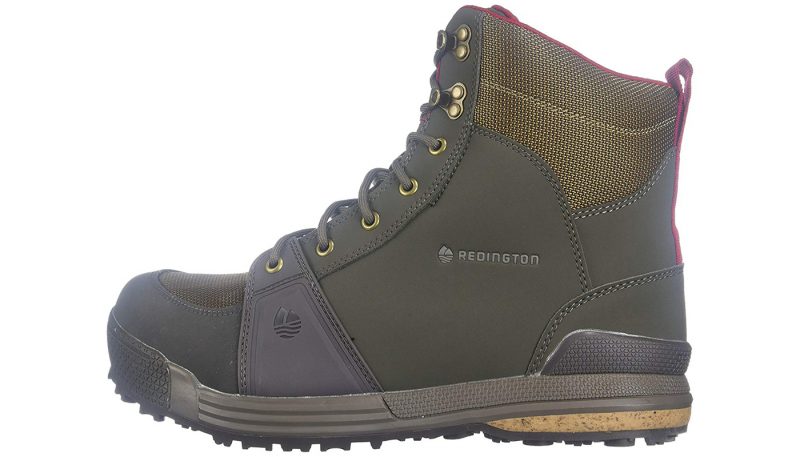



 84
84 The Good
- Good Fit
- Low Price
- Good foot and ankle support
The Bad
- Modest in-water traction
- Heavy
- Laces can slip loose easily
The Redington Prowler Wading Boot with rubber soles drew solid praise from testers as a good work-horse boot. (Note: a felt-soled version is also available but was not tested here). The Prowlers failed to earn top marks in any performance category but stayed just close enough to the top in most categories to earn the second-best rating in this class. Boot weight was the one category the Prowlers came up short: The boots are among the heaviest in the class, though their ability to shed water rapidly makes them feel lighter than some others while in use. The boots are clean and supportive, with high uppers for solid ankle protection. A stout rubber rand rings the toe and heel for added durability. For general angling use, the Redington Prowlers are a solid option.
Fit
The Prowlers feature a somewhat generous cut, with a tapered heel cup, and a roomy toe box. For narrow-heeled anglers, the slightly roomy heel can be snugged by with a thick pair of socks, or the addition of a third-party footbed such as those offered by SuperFeet or SofSole. The forefoot and toe box are also spacious, allowing good toe movement. The boot’s volume is good, meaning the foot is well contained throughout, including over the arch and around the ankle. That good fit through the upper helps the laces perform their job of snugging the foot back into the heel box for a slip-free experience. But the laces seemed to want to work themselves loose throughout the day. A firm double knot when tying the laces cured that ‘slippery lace’ problem, but untying that extra-tight knot made removing the boots a bit of a struggle at the end of the day.
Grip
Redington’s sticky rubber outsoles did not perform as well as the Orvis Ultralight when it came to river traction, but the grip was good enough to earn grudging respect from one felt-loving tester who deemed them nearly as secure as felt on most wet rocks and much better than felt out of the water. The Redington designers built the outsole a bit wider than the rest of the boot, giving the Prowler a flared sole. Those slightly extended edges of the outsole proved very effective in smearing onto rocks for a three-dimensional grip when wading through large rocks. The result of that was outstanding stability and support, as well as good traction.
Weight
At more than a pound and three-quarters per boot (size 13), the Prowlers were the second heaviest boot in the class, making them a bit of a leg-burner during all-day angling expeditions. But the saving grace for the Prowler in this category was their hydrophobic design. The polyester and nylon fabrics in the upper shed water rapidly, without any significant absorption. A series of drain holes running through the insole and sides of the mid-sole further sped drying times. That means, minimal added water-weight when climbing in and out of the river, so the effective weight of the boots is really somewhat mid-range in the class.
Treadlife
The rubber outsoles felt a bit stiffer than that used by Orvis, and that was born out by the Prowlers better life expectancy. After weeks of use, the Prowler’s outsoles showed only minor wear, with no loss of performance in the grip on river rocks. Indeed, the flared-out sides of the wide outsoles seemed to become a bit softer and more flexible, thus slightly improving the grip of the boots.
Durability
The clean design of the Prowlers minimized snagging and abrasion even when scrambling through tightly jumbled rocks. The material of the uppers proved tough and the construction held up well to rough use. The Prowlers held up better than any other boot in this class. The only knock we found was with the laces. They tended to work loose unless tied tightly with a double knot, and when wet, that knot required extra effort to work free. Over time, the laces started to fray from repeated ‘knot picking’.
We field tested the boots in a variety of conditions, from the pebbly beaches of Puget Sound while chasing Sea-Run Cutthroats, to the fast waters of the Salmon River in Idaho. We wore each pair of boots for multiple days, and wore mixed pairs on multiple occasions – that is, one model on our left foot, another on our right – to get direct side-by-side comparisons.
Dan Nelson
- Managing Editor & Fly Fishing EditorDan Nelson is GearInstitute.com's Managing Editor & fly fishing editor. He is based in the Pacific Northwest.

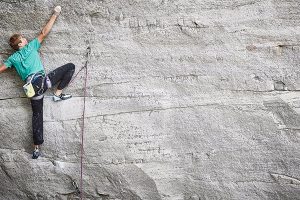
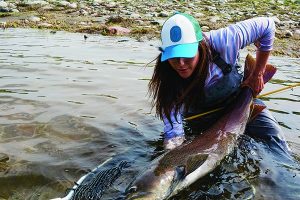

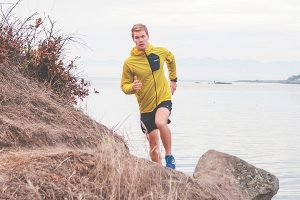





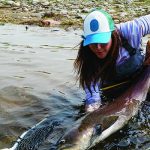
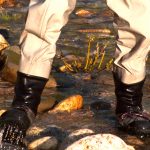
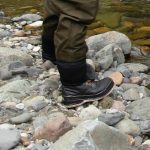

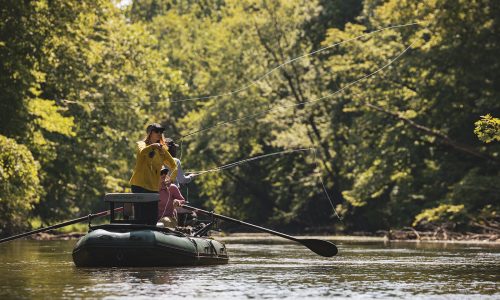

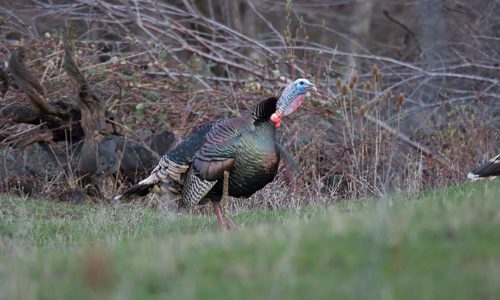
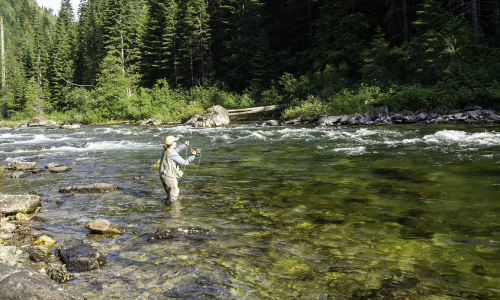


No reviews have been posted for this product.
Use this gear?
Join Gear Nation and leave a review!
Create an Account